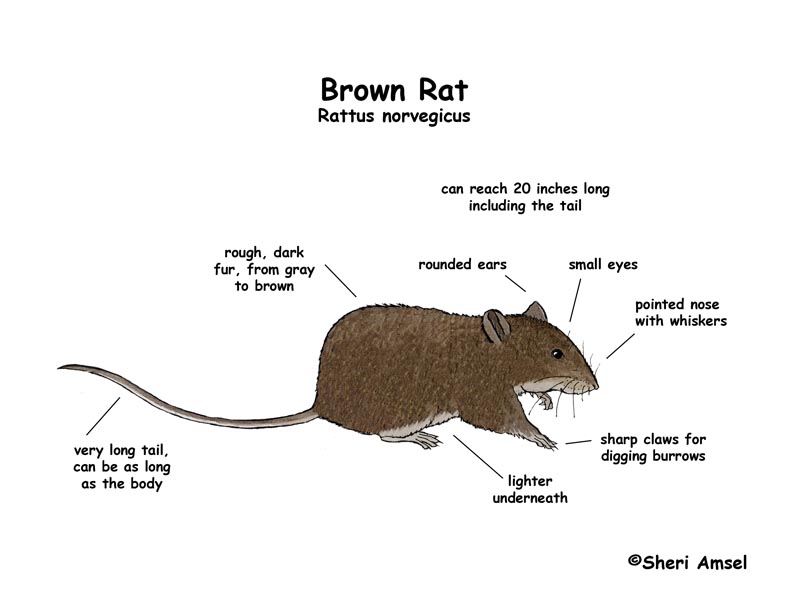Over the past week we have been learning about the different groups of vertebrates. To end of the unit we learned about mammals. This rat dissection ended it off by providing a very interesting and exciting way to observe the different systems in most mammals. The purpose of this dissection was to further our knowledge even more than what we had learned from doing notes and questions in class. Being able to see the actual organs in the rat was very helpful for me in terms of making sure I could understand how the systems would work. In class we had been talking about different organs that these mammals have such as the diaphragm which helps with inhaling and exhaling. When we opened up these rats we were able to see this muscle involved in the respiratory system. Another part we learned about in class was the mammals 4 chambered heart. Once we were able to open up the rat's ribs we could see its heart. This was very cool. Mammals have also developed lungs for breathing which we saw as well. The rat dissection was a very interesting experience.
- Hands are the best tool in this dissection because it displays the tissue and organs more naturally.
2. The purpose of having different labels and titles for the dissection is so the person dissection has a clear idea of what they are looking at and where to cut the specimen.
3. The tail is different from the body because it is not completely covered with hair.
4. The vibrasse on the rats nose area are used for feeling out their environment.
5. Bilateral symmetry means that the organisms body parts are arranged so that it seems like there is an imaginary line going down the middle of the body and the body parts are repeated on each side.
1. The sphincter is in a round shape to contain the constriction in the area between the small intestines and the stomach. It's purpose is to keep stomach acids from pushing into the esophagus.
2. The small intestine is smaller in diameter because that is where most of the digestion takes place and it needs a longer distance to be able to absorb as much nutrients as possible.
3. The function of the liver is to metabolize nutrients. filtering wastes from blood and converting waste into a disposable form.
5. The function of the appendix is to help digest food and break it down with digestive enzymes.
1. The function of the rats spleen is to clean out any foreign or waste products in the blood.
2. The contraction and expansion of the lungs allow air into the lungs and allow it to push carbon dioxide out.
3. The atria are the smaller parts at the top of the heart that holds the blood before it goes into the ventricles. The ventricles then pump the blood out to the body.
5. Both male and female reproductive systems have 2 chambers to hold either their sperm or their eggs and they both have a urethra.
6. The kidneys in rats remove waste and regulate the amount of water contained in the body.
7. The thyroid, thymus and adrenal gland are all part of the endocrine system which helps regulate the hormones and chemicals in the rats body. The thyroid gland controls body growth and metabolic rate. The function of the thymus is to turn lymphocytes to T-cells so they can help fight infections. The function of the adrenal gland is to increase blood sugar levels when necessary and tell the kidney to absorb more sodium from the blood.




















s.jpg)
.jpg)
.jpg)
.jpg)
.jpg)
.jpg)
.jpg)

_2.jpg)


















.jpg)


